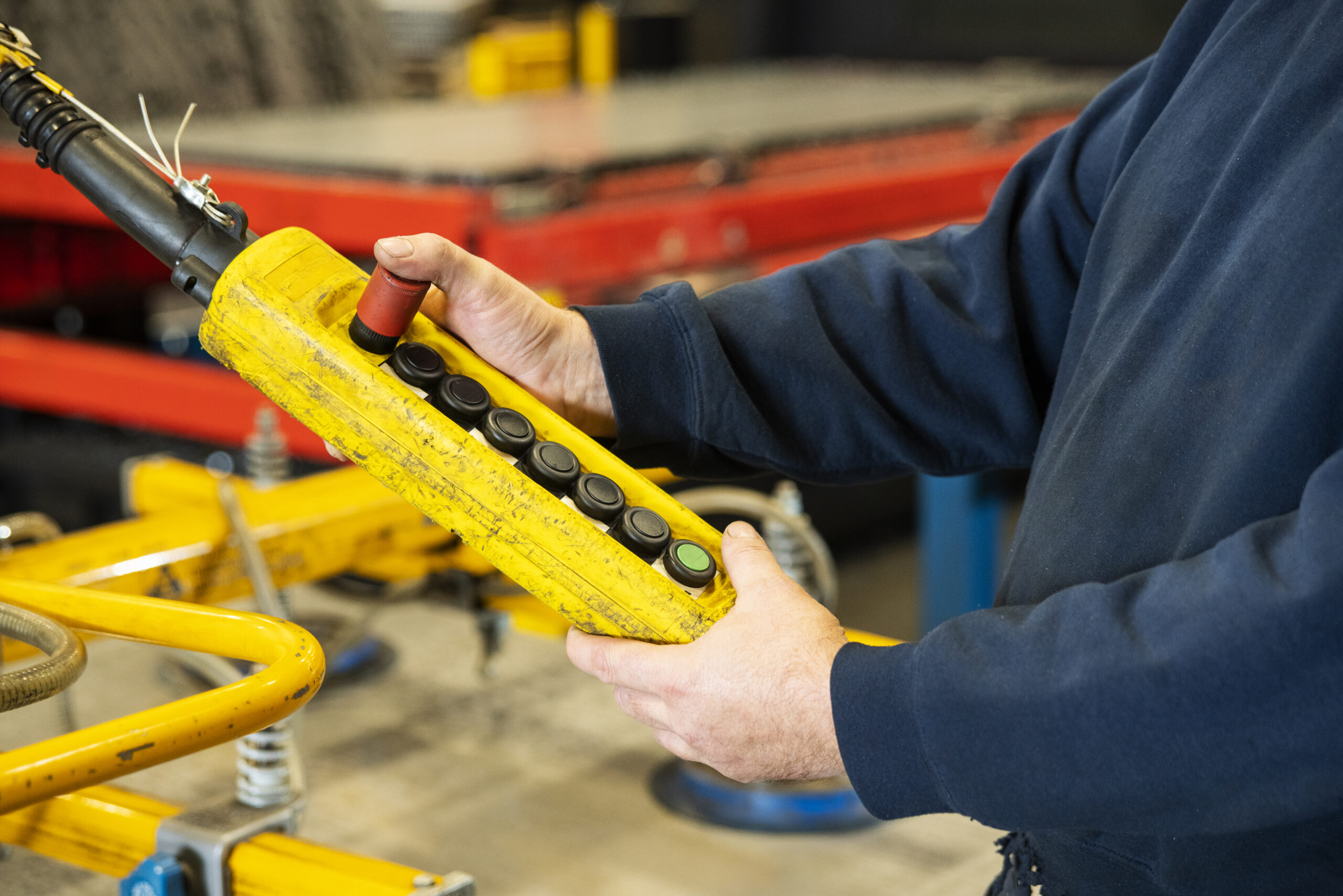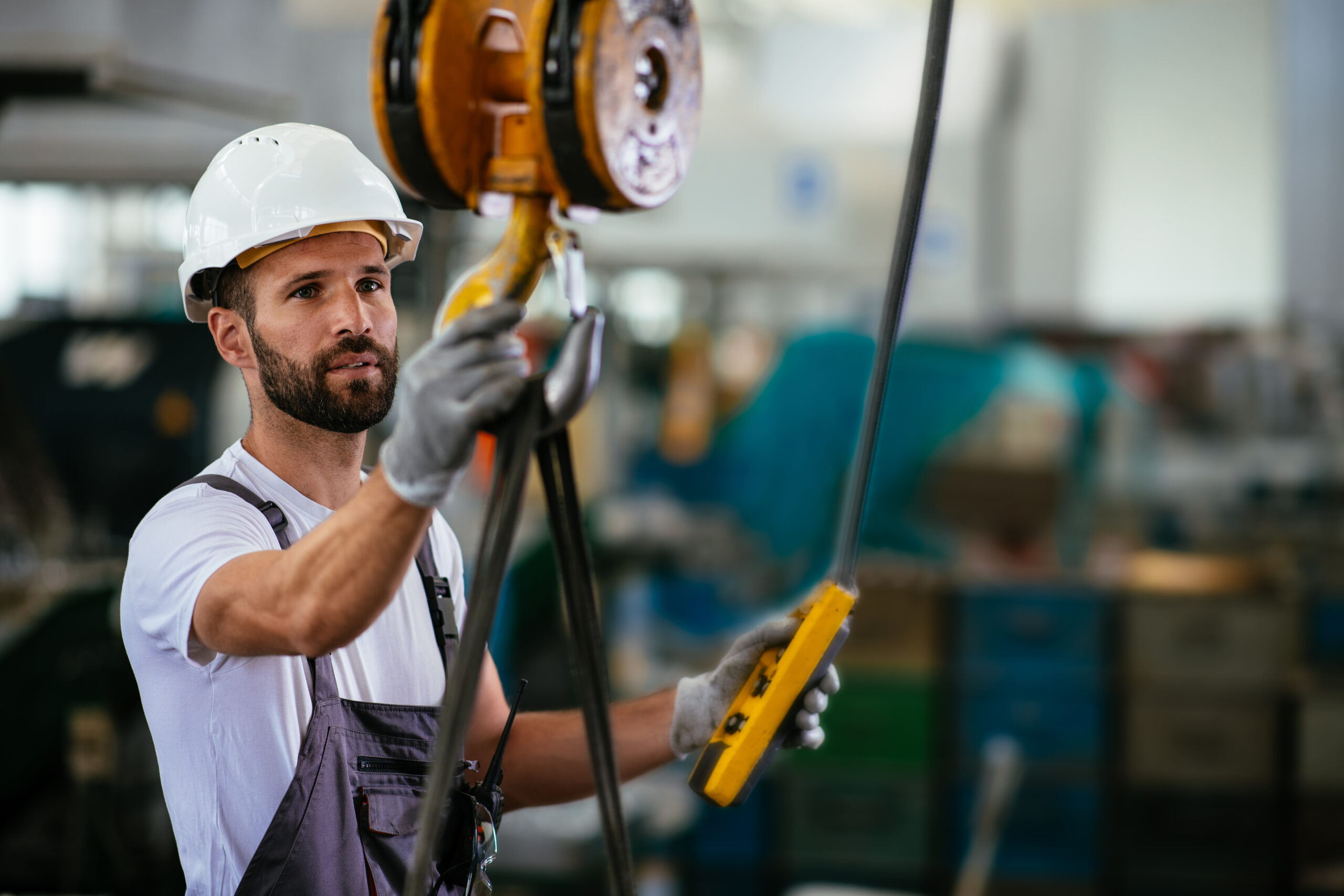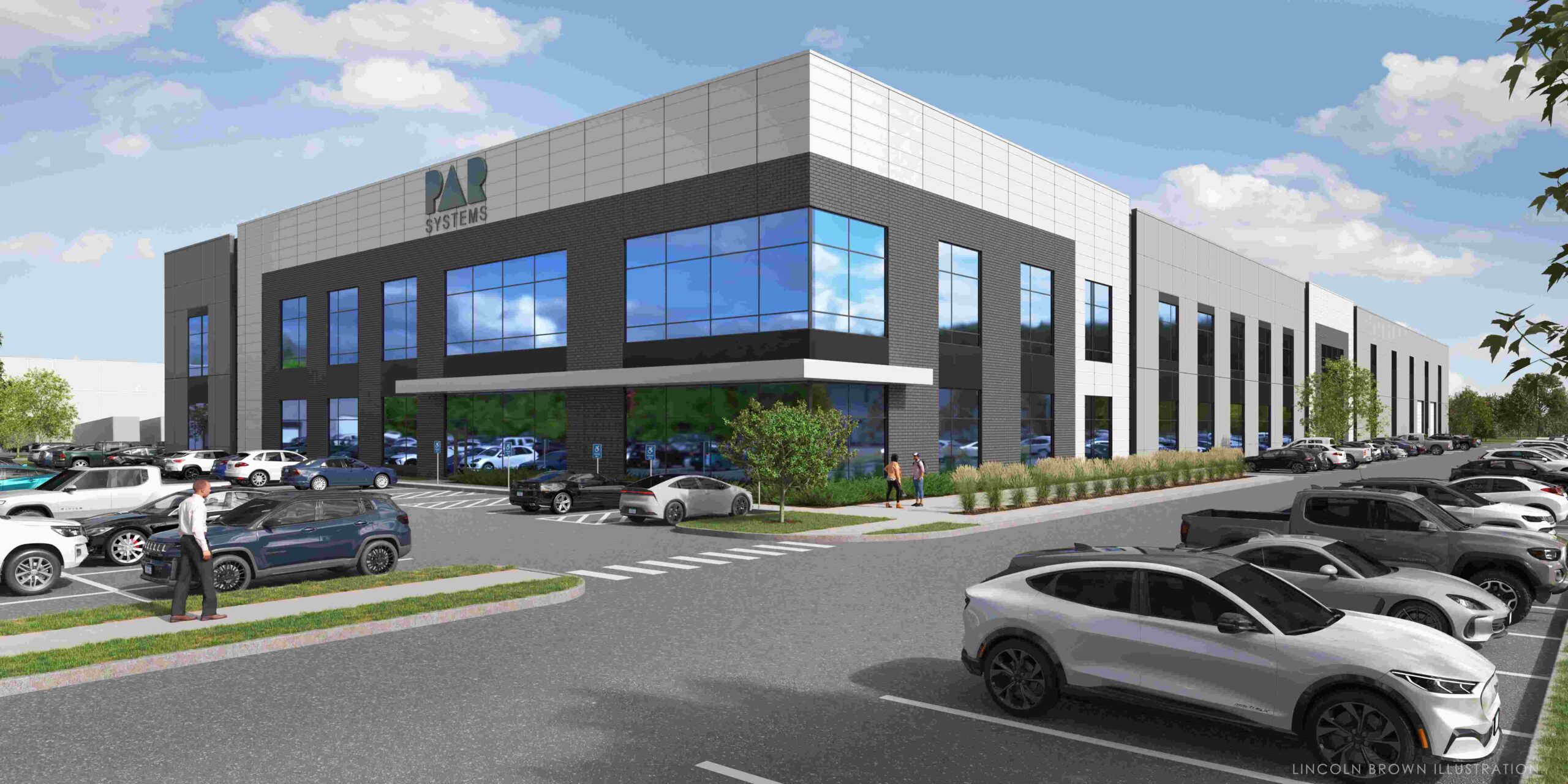Anti-Sway Crane Technology in the Automotive Sector
The Automotive Sector is Driving Uptake of the Latest Overhead Crane Anti-Sway Technology
Watch someone at the strings of a marionette puppet; he or she is a picture of concentration. Every tiny hand movement results in a much grander pose or gesture by the manipulated figure. Move one string up and another to the left and the dummy raises a hand to its head as if to look into the distance. Master the art and one can even get mannequins dancing to music or going for a walk. Make a mistake on the other hand and the poor puppet ends up in a heap on the floor, a mass of wooden body parts and bits of string.
In many ways, marionette puppeteers and electric overhead traveling (EOT) crane operators have much in common. The difference is, when someone is at the controls of a crane, they have to factor in much more than endearing a double-jointed toy to an audience. They have to think about the path of the load; the proximity of personnel, forklift traffic, costly equipment; line of sight; the load swing (the subject of this article); and much more. Their principal concern throughout is safety. People and property aren’t as easy to put back together again as puppets.
Operating a crane is harder than many realize, which is why technology like anti-sway control that makes it easier, safer, and more productive should be embraced. However, only a relative handful of end users, in the main from the automotive manufacturing sector, are pioneering a state-of-the-art system that is revolutionizing the way they work. Requests for such systems should be ubiquitous on specs for new or upgraded process cranes in particular, yet they are widely lacking and the industry is thus missing an opportunity.
There are two popular misconceptions when it comes to anti-sway systems: first, people too readily remember the first generation of sensor-based anti-sway that was costly to set up and exhibited poor performance under many hoisting scenarios. The misconception is that excessive cost and poor performance are still hallmarks of this technology. Second, in the crane industry, there tends to be a sentiment that greater control and safety measures result in slower operation and hindered efficiency. We can refute both claims.
PAR Systems’ EXPERTOPERATOR™ sway reduction system is an example. It’s a sensorless hardware module that intercepts pendant commands, converts them into expert commands, and then issues the modified commands to motor drives. Cable sway is eliminated and knock-on advantages cascade into play, centered around enhanced safety, productivity, reduced maintenance, and accelerated proficiency of new operators.
Anti-Sway Makes Sense
If readers take one thing from, we hope it’s a realization that anti-sway technology has evolved to the point where its sparseness has really become non-sensical. End users who remember the poor performance, systems where the operator would have to estimate sling length by turning a knob on a belly box, or recall the tedious installation and setup of encoders, lasers, cameras, or other hardware, should revisit the technology. They’ll discover a new generation of sensorless anti-sway that’s simple to implement, and works on every load, every time. Costs and maintenance are greatly reduced because the components that once needed maintenance are eliminated.
Even a cursory examination into sensorless anti-sway reveals a myriad of benefits, but research has presented data that goes beyond those initial findings. EXPERTOPERATOR™ reduces load swing by 90 to 95%, but largely overlooked is the fact that a similar reduction of collisions and near misses are also apparent. It is not as an anti-collision system per se—there are no lasers or alarms—but by virtue of the fact that the crane upon which it is installed becomes easier to drive, the operation is inherently safer and accidents less likely.
Further, hundreds of operator studies demonstrate that when a novice operator is given a crane equipped with anti-sway technology, we can expect to see a 40 to 50% improvement in productivity. With an experienced operator, who has been at the controls of that lifting technology for many years and is adept at addressing the material handling requirements of that facility, the improvement will be less but still in the region of 5 to 10%.
In another study, it was realized that when the technology was turned on, the number of distinct radio / pendent actuations dropped. That is, in the absence of sway, the number of commands required to manipulate the load was reduced appreciably. Think about the positive impact this has on a crane’s maintenance and longevity. Again, the system isn’t designed to preserve crane life, but users are certainly noting that among returns on investment.
Interestingly, if a crane user can reduce their starts in proportion to run time, it’s possible that they can drop the Crane Manufacturers Association of America (CMAA) duty rating that they have to specify. Consider it: if the implementation of anti-sway technology takes the number of starts down dramatically (say, 50%), that’s half the amount of times current has to go through the motors and half as many occasions that the gears have to engage and disengage.
"There are two popular misconceptions when it comes to anti-sway systems... that excessive cost and poor performance are still hallmarks of this technology... [and] that greater control and safety measures result in slower operation and hindered efficiency. We can refute both claims."
One Crane At A Time
There are realities to acknowledge about the increased adoption of state-of-the-art sensorless anti-sway technology. In an ideal world, all cranes in a facility would be retrofitted accordingly, but logistics and budgets rarely (indeed, almost never) account for such wholesale enhancement of material handling equipment. It’s actually rare to find two cranes that operate identically, even on the same shop floor, and we should prepare for that trend to continue. Instead, it’s more likely that one crane at a time, or the facility’s major overhead system, will be subjected to an overhaul.
It’s prudent, therefore, not to put the same operator back on an upgraded crane. Any time the word ‘change’ can be associated with lifting technologies, training and familiarization with the equipment should follow. Take a retrofit as an opportunity to swap operators with another crane at the far end of the facility. It sharpens the senses and reduces the possibility that anyone will mentally switch onto autopilot and assume the crane is going to react the same as it did prior to modifications or replacement.
Hundreds of EXPERTOPERATOR™ systems have been installed in North America, the latest of which were specified by U.S. and Japan-headquartered automotive companies. Given the volume of process cranes at work across North America alone, this represents a very small percentage of crane owners who could be benefitting from its installation.
Next time you put together a crane spec or plan an overhaul, pull the necessary strings to ensure anti-sway technology is part of the package.
Featured Product: EXPERTOPERATOR
PAR Systems’ anti-sway crane technology, EXPERTOPERATOR™, is a hardware module that retrofits to existing cranes. EXPERTOPERATOR™ converts pendent commands into expert commands issued to motor drives, allowing all crane operators to perform like experts. Research shows that using this platform eliminates hook sway while increasing safety and efficiency.
This article was authored by Tad Dunville, Membership Vice President, Crane Certification Association of America, and reposted with permission from ACE World Companies. Since 1987, ACE World Companies has supplied the industry with overhead cranes, electric wire rope hoists, and end trucks both standard and custom, which have been developed using the most sophisticated technologies available today. Their products range in capacities of 5 – 500 tons. To learn more, visit aceworldcompanies.com
See the original post here.







